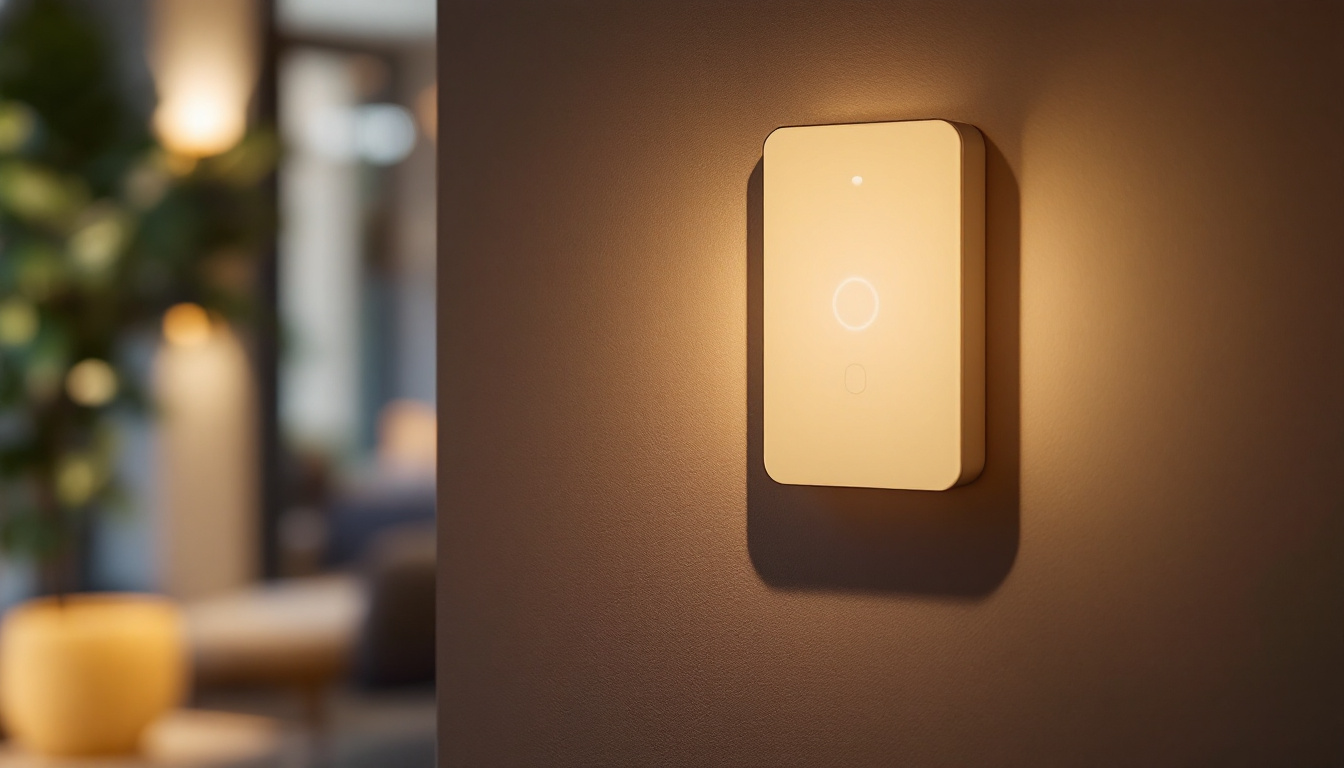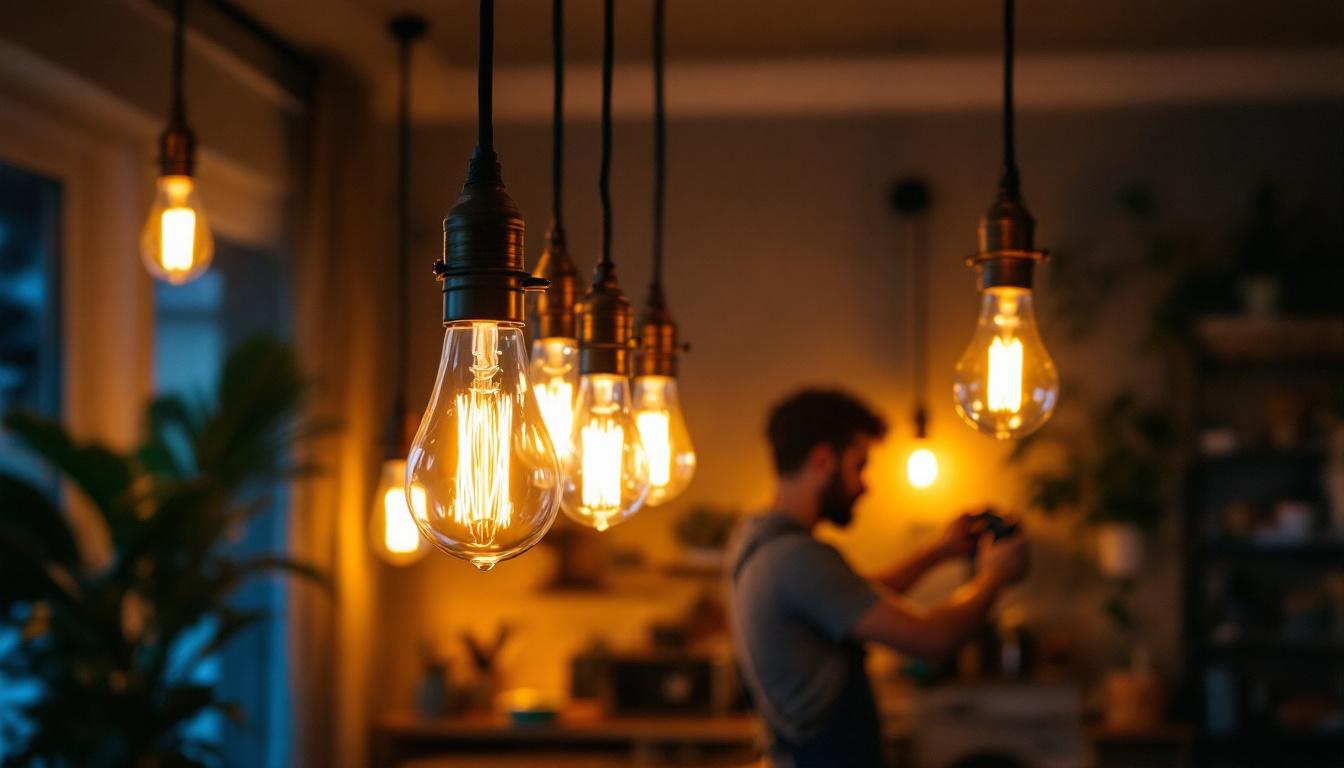
In the ever-evolving world of interior design and home improvement, lighting plays a pivotal role, especially in kitchens. For lighting contractors, understanding the nuances of hanging lights can significantly enhance the overall efficiency of their projects. This article delves into the various aspects of hanging lights specifically tailored for kitchens, offering insights that can elevate the services provided by lighting professionals.
The kitchen is often referred to as the heart of the home, a place where families gather, meals are prepared, and memories are made. Proper lighting is essential in this space, not only for functionality but also for creating an inviting atmosphere. For lighting contractors, recognizing the importance of kitchen lighting can lead to more satisfied clients and successful projects. A well-lit kitchen can enhance the cooking experience, making it more enjoyable and less stressful. It can also influence the mood of the space, transforming it from a mere cooking area into a vibrant social hub where friends and family come together.
When it comes to kitchen lighting, it is crucial to distinguish between functional and ambient lighting. Functional lighting is designed to illuminate work areas, such as countertops and cooking surfaces, ensuring that tasks can be performed safely and efficiently. On the other hand, ambient lighting creates a warm and welcoming environment, enhancing the overall aesthetic of the kitchen. Striking the right balance between these two types of lighting can significantly impact the usability and feel of the kitchen. For example, under-cabinet lighting can provide essential task lighting while also contributing to the ambient glow of the room, making it a popular choice among homeowners.
Hanging lights can serve both purposes effectively. For instance, pendant lights above an island can provide focused illumination for meal preparation while simultaneously adding a decorative element that enhances the kitchen’s design. Additionally, dimmable options can allow homeowners to adjust the lighting according to the time of day or the occasion, further enhancing the kitchen’s versatility.
There are various types of hanging lights available, each offering unique benefits and styles. Understanding these options is essential for lighting contractors to recommend the best solutions to their clients. The choice of hanging lights can significantly influence the overall design and functionality of the kitchen, making it important to consider the specific needs and preferences of the homeowner.
When selecting hanging lights for a kitchen, several design considerations must be taken into account. These factors can significantly influence the effectiveness and appeal of the lighting solution.
The height at which hanging lights are installed is crucial for both functionality and aesthetics. Lights that are too low can obstruct views and create a hazard, while those that are too high may not provide adequate illumination. A general rule of thumb is to hang pendant lights about 30 to 36 inches above countertops or islands.
Additionally, the placement of hanging lights should complement the kitchen’s layout. For example, clustering multiple pendant lights over an island can create a striking visual effect while ensuring sufficient lighting for tasks. It’s also important to consider the spacing between the fixtures; a good rule is to allow at least 24 inches between each pendant to ensure even light distribution and to avoid a cramped appearance. This thoughtful arrangement can enhance both the functionality of the space and its visual appeal, making the kitchen feel more inviting and well-designed.
The style of hanging lights should align with the overall theme of the kitchen. Whether the kitchen features a modern, rustic, or traditional design, the lighting fixtures should enhance the existing decor rather than clash with it. Lighting contractors should consider the materials, colors, and shapes of the fixtures to ensure a cohesive look.
For instance, sleek metal pendant lights may work well in a contemporary kitchen, while wooden or wrought iron fixtures may be more appropriate for a farmhouse-style space. Furthermore, the finish of the fixtures can play a significant role in the overall aesthetic; polished chrome or brushed nickel can add a touch of elegance, while matte black or antique brass can evoke a more industrial or vintage feel. It’s also worth considering how the light bulbs used in these fixtures can affect the ambiance; warm white bulbs can create a cozy atmosphere, while cooler tones can enhance a more modern, clean look. By carefully selecting both the style and the finish of the hanging lights, homeowners can create a harmonious environment that reflects their personal taste and complements their culinary space.
In today’s environmentally conscious market, energy efficiency is a significant consideration for homeowners. Lighting contractors can play a vital role in promoting sustainable practices by recommending energy-efficient hanging lights.
LED lights have become increasingly popular due to their longevity and energy-saving capabilities. They consume significantly less energy compared to traditional incandescent bulbs, making them an ideal choice for kitchen lighting. Additionally, LED fixtures are available in various styles, ensuring that homeowners do not have to sacrifice aesthetics for efficiency.
By incorporating LED hanging lights into their designs, lighting contractors can help clients reduce energy costs while contributing to a more sustainable future.
Smart lighting technology is another avenue for enhancing energy efficiency in kitchens. These systems allow homeowners to control their lighting through mobile devices or voice commands, providing convenience and flexibility. Lighting contractors can recommend smart hanging lights that can be dimmed or programmed to turn on and off at specific times, further optimizing energy use.
Integrating smart technology into kitchen lighting not only boosts efficiency but also adds a modern touch that many homeowners appreciate.
For lighting contractors, ensuring the proper installation of hanging lights is essential for both safety and functionality. Adhering to best practices can enhance the overall quality of the project.
Before installation, it is crucial to assess the existing wiring and electrical systems in the kitchen. Ensuring that the electrical capacity can handle the additional load of hanging lights is vital to prevent any hazards. Contractors should also follow local building codes and regulations to ensure compliance.
Proper wiring techniques should be employed to facilitate safe and efficient installation. This includes using appropriate connectors and ensuring that all connections are secure to prevent any electrical issues.
Once the hanging lights are installed, it is essential to test them to ensure they function as intended. This includes checking for any flickering or dimming issues, which could indicate wiring problems. Additionally, adjustments may be necessary to achieve the desired height and positioning.
Contractors should encourage clients to provide feedback during this phase, as personal preferences can significantly influence the final outcome. Making necessary adjustments can lead to a more satisfied client and a successful project.
Staying updated on the latest trends in kitchen lighting can provide lighting contractors with a competitive edge. Understanding what is popular in the market can help them make informed recommendations to clients.
Minimalism continues to dominate interior design, and kitchen lighting is no exception. Simple, clean lines and understated designs are favored by many homeowners. Hanging lights that embody this aesthetic often feature geometric shapes and neutral colors, allowing them to blend seamlessly into the kitchen environment.
Contractors should consider recommending minimalist hanging lights that provide functionality without overwhelming the space. This approach can create a sophisticated look that appeals to modern homeowners.
Another trend gaining traction is the use of mixed materials in lighting fixtures. Combining metals, glass, and wood can create a unique and visually appealing design. This trend allows for personalization and can cater to a wide range of tastes and styles.
Lighting contractors can explore options that incorporate various materials, offering clients a chance to express their individuality through their kitchen lighting choices.
In conclusion, hanging lights play a crucial role in enhancing the functionality and aesthetics of kitchen spaces. For lighting contractors, understanding the various aspects of kitchen lighting—from types and design considerations to energy efficiency and installation best practices—can significantly boost their efficiency and effectiveness in delivering quality projects.
By staying informed about current trends and embracing innovative solutions, lighting contractors can provide exceptional service to their clients, ensuring that kitchens are not only well-lit but also beautifully designed. The right hanging lights can transform a kitchen into a welcoming and efficient space, making it a worthwhile investment for any homeowner.
Ready to elevate your kitchen lighting projects with the finest selection of hanging lights? At LumenWholesale, we provide lighting contractors with spec-grade lighting products that blend quality, affordability, and convenience. Say goodbye to inflated markups and hello to our unbeatable wholesale prices, comprehensive selection, and the ease of free shipping on bulk orders. Don’t compromise on performance or price. Visit Wholesale Lighting at the Best Value today and light up your kitchens with confidence and style.

Discover innovative strategies employed by smart lighting contractors to enhance energy efficiency and convenience with movement-sensitive light switches.

Discover how LED vintage light bulbs are transforming the lighting industry and impacting contractors’ profits.

Discover the hidden details lighting contractors frequently miss about shatterproof bulbs.

Discover the crucial role of grounding wires in light fixtures and why they are essential for lighting contractors.